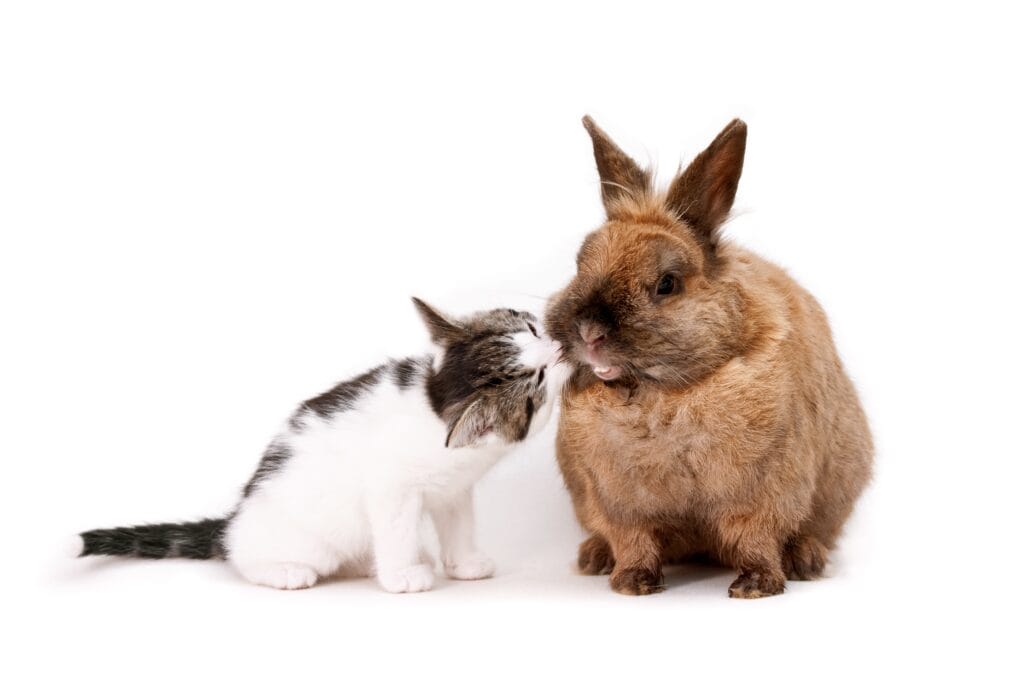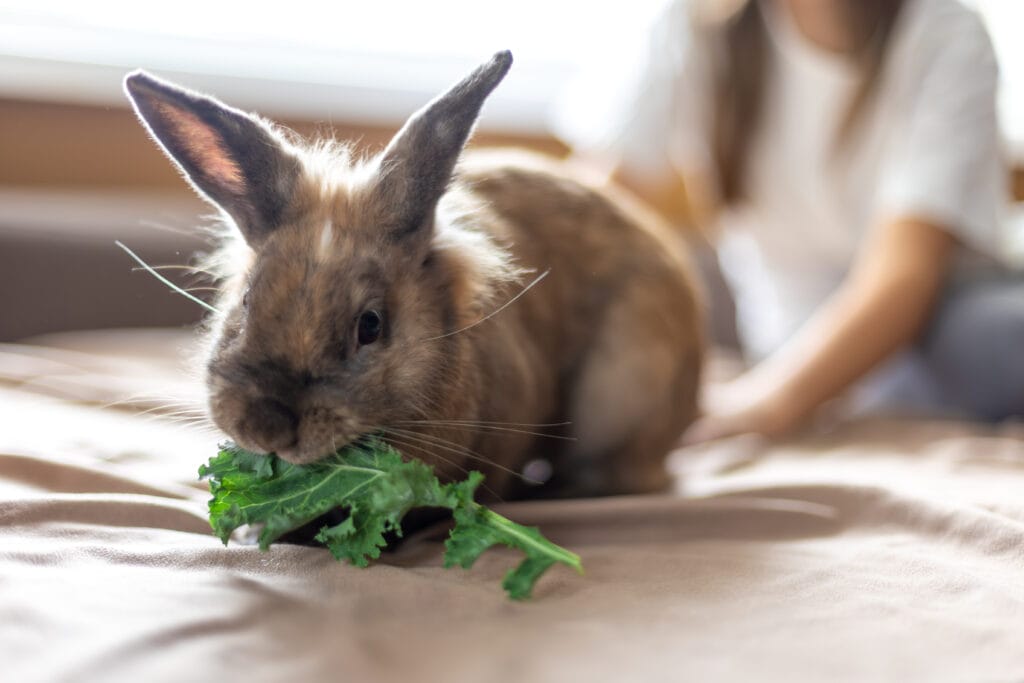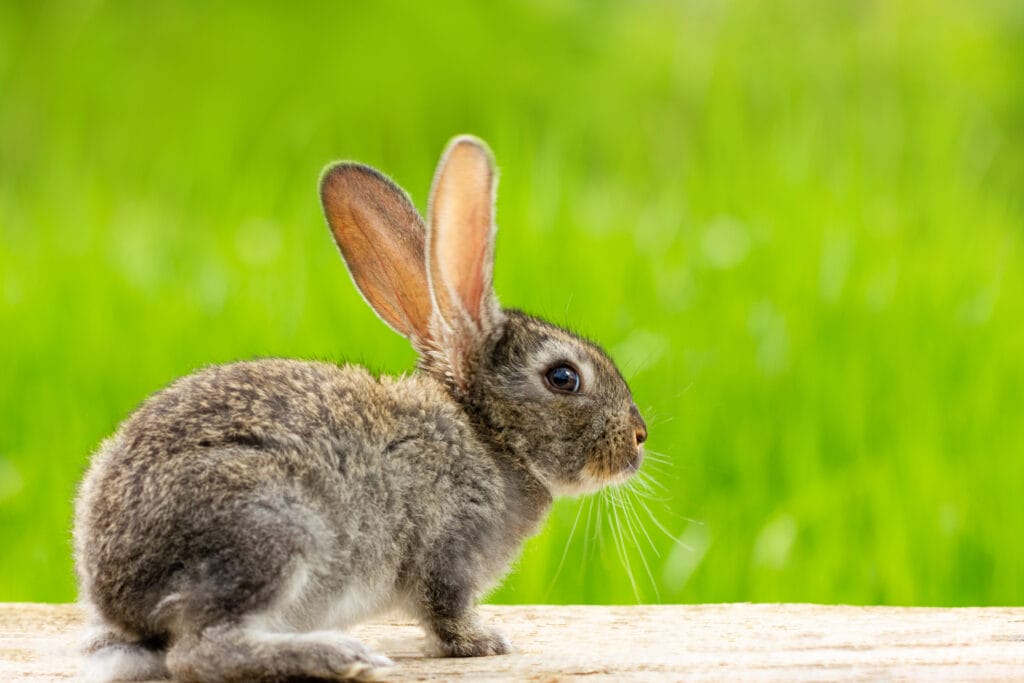Many pet owners wonder if having cats and rabbits in the same household is possible. While cats and rabbits are very different animals, they can coexist peacefully with the proper introduction and careful management. Suppose you’re considering bringing a rabbit into a home with a cat (or vice versa). In that case, this post will guide you through the steps to ensure a happy and safe environment for both pets.
In this article, we’ll explore the dynamics between cats and rabbits, provide tips on introducing them, and share strategies for maintaining harmony in your home.
Can Cats and Rabbits Coexist?
Cats and rabbits are popular pets, but they have different instincts. Cats are natural hunters, while rabbits are prey animals. Because of these differences, it’s essential to understand how each animal perceives the other to create a peaceful environment.
1. The Instincts of Cats and Rabbits
- Cats: Cats have strong predatory instincts, and their natural behavior often includes stalking and pouncing on smaller animals. This can make rabbits seem like prey in a cat’s eyes.
- Rabbits: Rabbits are prey animals, which means they are often more nervous and shy around other animals. Their instinct is to flee if they feel threatened.
Despite these instincts, many cats and rabbits can live together without issue if appropriately introduced and monitored.
How to Introduce Cats and Rabbits Safely
Introducing a new animal to your household requires patience and a gradual process. Here’s how to introduce cats and rabbits safely:
1. Prepare Separate Spaces
- When bringing a rabbit into a home with a cat (or vice versa), ensure each pet has its own space. For example, the rabbit should have a safe, enclosed area where it can retreat if it feels scared.
- The cat’s territory should be kept separate initially so both animals can adjust to each other’s scent without direct contact.
2. Allow Them to Get Used to Each Other’s Scent
- Before any direct interaction, allow both animals to get used to each other’s scent. You can do this by exchanging bedding or using a soft cloth to rub both animals and then letting the other smell it.
- This will help reduce the element of surprise when they eventually meet face-to-face.
3. Supervised First Meetings
- After they’ve had time to get used to the scent, arrange a face-to-face meeting in a controlled environment. Keep the rabbit in a cage or enclosure during the first interaction, and allow the cat to approach. Make sure the meeting is supervised at all times.
- Watch closely for signs of aggression or stress, such as growling from the cat or signs of fear from the rabbit.
4. Gradual Interaction
- If the initial meeting goes well, you can begin allowing the animals to interact in a safe, enclosed space. Always supervise their interactions to make sure they’re comfortable with one another.
- Never force the animals to interact if they either seem fearful or aggressive.
Tips for Maintaining a Peaceful Relationship
Once your cat and rabbit have been introduced, maintaining a peaceful relationship requires ongoing care and attention. Here are some tips:
1. Monitor Their Behavior
- Keep an eye on both pets to ensure they are not engaging in aggressive behavior. Cats should not be allowed to chase or intimidate the rabbit, and rabbits should not be allowed to bite or scratch the cat.
- If one of the pets is becoming overly stressed, give them a break and re-evaluate their interactions.
2. Provide Plenty of Space
- Ensure that both animals have plenty of personal space. A rabbit may need a separate area to retreat and feel safe if the cat is too curious.
- Cats often enjoy high places to perch. Ensure your cat has spaces like shelves or trees to feel secure and out of the rabbit’s reach if needed.
3. Respect Their Different Needs
- Cats and rabbits have different dietary and exercise needs. Ensure you’re meeting both animals’ needs individually, ensuring they get the attention and exercise they require.
What to Do If Problems Arise
If, your cat and rabbit aren’t getting along at any point, it’s essential to address the issue quickly. Here’s what you can do:
- Seek Professional Help: If the behavior between your cat and rabbit is getting worse or you’re not sure how to handle it, consider consulting a veterinarian or animal behaviorist for advice.
- Separate Them Temporarily: If your rabbit seems terrified or the cat is becoming aggressive, temporarily separate them and try reintroducing them slowly again.
- Use Barriers: If necessary, use physical barriers such as pet gates to give each animal space and prevent further conflict.
Conclusion: A Harmonious Home for Cats and Rabbits
While cats and rabbits may seem like an unlikely pair, they can live together peacefully with proper introductions, patience, and supervision. The key is to respect their instincts and create an environment where both animals feel safe and comfortable. By following these tips, you can enjoy the companionship of a cat and a rabbit in your home, creating a peaceful and happy environment for everyone.


